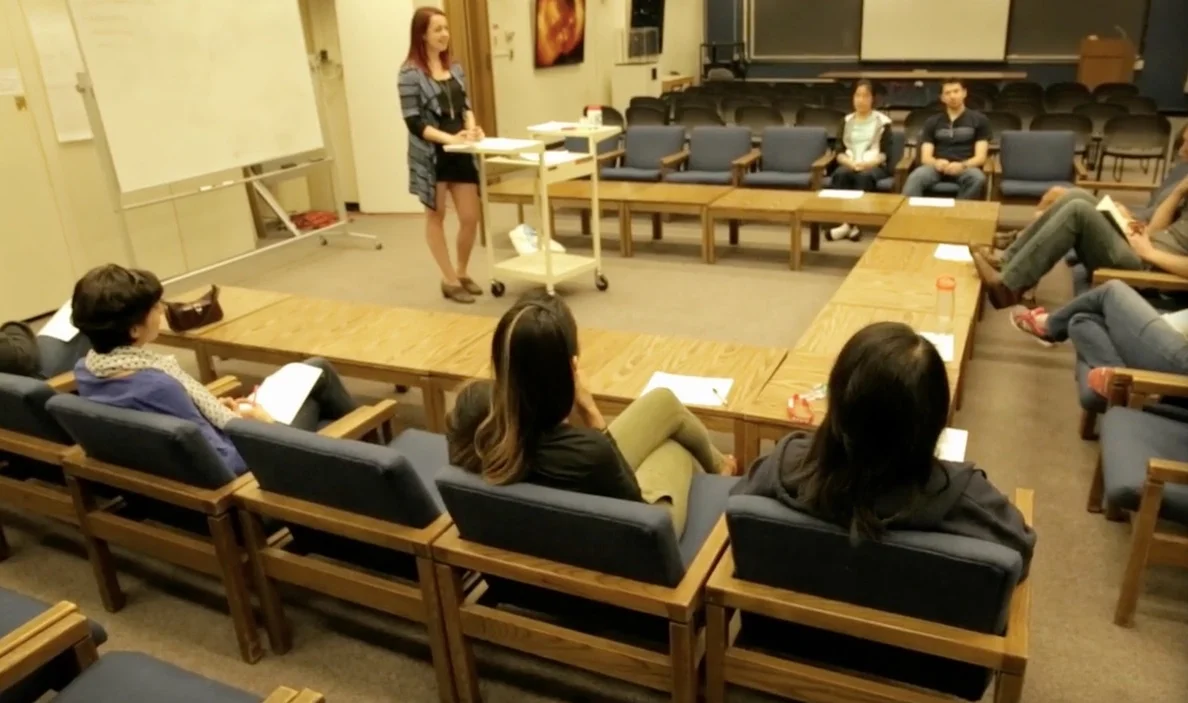A few days before the workshop date, I ask attendees to complete an (optional, but useful) homework assignment. The purpose of the assignment is to get attendees thinking about their impostor behaviors in a playful, critical way. The first icebreaker I plan is “Two Truths and a Lie: Impostor Edition.” The ridiculous, outlandish nature of many impostor thoughts makes this game very effective. The assignment is to spend 10 minutes reflecting on one’s own impostor thoughts or behaviors. I ask attendees to think of two examples that are truthful, that they have actually felt or done, and to think of one that's not truthful.
Workshop Agenda:
• As our first activity, I ask for a handful of volunteers to share their impostor “Two Truths and a Lie” examples. As a group, we try to guess which is the false impostor thought. I start with my own. I love the effectiveness of this exercise to reduce apprehension attendees have about revealing their impostor thoughts. The examples highlight the imperfect humanity of our colleagues, the ubiquity of the syndrome, and the humor in the typical impostor thought. [10 minutes]
• We then play “Impostor Syndrome Bingo,” based upon cards I created with a simple IDL script. This is a playful means of identifying the varied forms of impostor behaviors, which manifest sometimes as thoughts (for example, “they made a mistake when they admitted me”) or actions (prefacing every colloquium question with “this is probably a stupid question, but...”). As prizes for “winning” at Impostor Syndrome bingo, I bring locally produced treats. At Harvard, I used jars of Marshmallow Fluff and Tazo Chocolate, with the implication that the winner “belongs” in the place, too. At the University of Washington, I used Theo Chocolate and Caffe Vita coffee. [15 minutes]
Resources: - Impostor Syndrome bingo cards - IDL script for bingo cards
• I lead the group through an exercise from Valerie Young’s workbook. Dr. Young is an expert on the Syndrome, and has crafted activities to encourage an individual or group to engage constructively with their impostor thoughts. I use some of her exercises which are specifically designed to help the “impostor” begin to objectively identify their impostor triggers and their physical responses. [15-20 minutes]
• Finally, I highlight a couple recent peer-reviewed results describing demonstrably effective buffers against identity threat. While the impostor syndrome is distinct from phenomena such as “stereotype threat,” the manifestations are similar: the cognitive load on an individual is higher. As in stereotype threat, this additional load reduces the individual’s critical thinking ability. The mental and physical effects of identity threat on an individual are often subconscious, and their amelioration is the subject of psychological study. I emphasize the efficacy of values affirmation (whereby an individual completes a 10-15 minute writing exercise on the values that are important to them) and “power posing” (whereby individuals who physically and purposefully take up space before an encounter present as more confident and capable). [10-15 minutes]
Resources:
- Values affirmation reference: Reducing the Gender Achievement Gap in CollegeScience: A Classroom Study of Values Affirmation (Miyake et al. 2010)
- Power posing reference: The Benefit of Power Posing Before a High-Stakes Social Evaluation (Cuddy et al. 2012)
